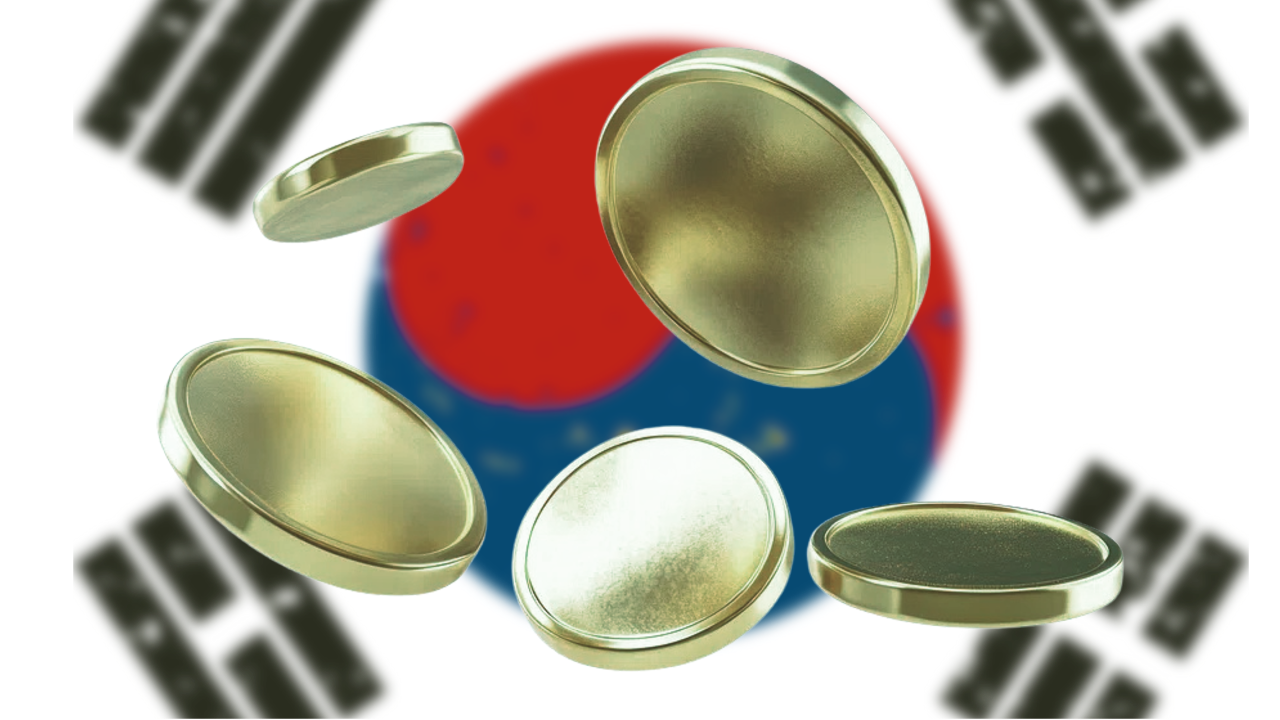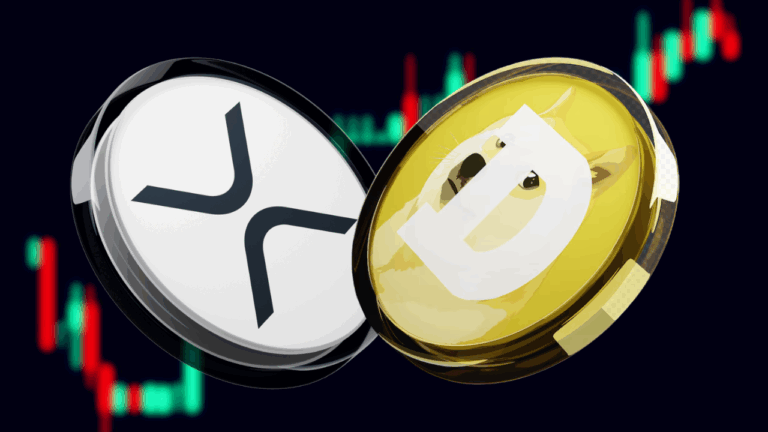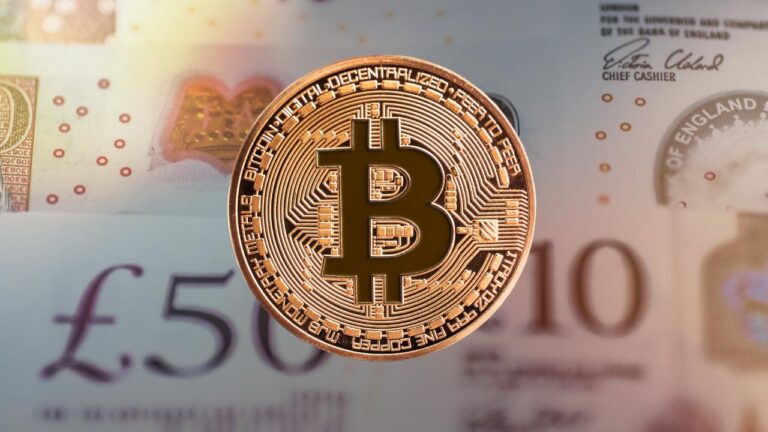South Korea’s first won-backed stablecoin launches on Avalanche

TL;DR Breakdown
- South Korea has joined the stablecoin party after BDACS and Woori Bank announced the launch of the first won-backed stablecoin.
- Each KRW1 stablecoin is expected to maintain full collateralization through won held in escrow at Woori Bank.
- The stablecoin race in Asia heats up as Japan and China continue to make their moves towards issuance.
The stablecoin race in Asia is heating up as South Korea joins the fray with its first regulated won-backed stablecoin. According to reports, the KRW1 was launched by digital asset custodian BDACS in a partnership with Woori Bank.
The announcement, made by BDACS on Thursday, comes after the completion of a proof of concept validating technical infrastructure reaching fiat deposits, token issuance, and blockchain verification. According to reports, BDACS already trademarked the KRW1 stablecoin in December 2023. The platform began building the needed infrastructure after it noticed the role of stablecoin in the digital asset economy, a move that happened before formal regulations were even in place.
BDACS launches South Korea’s first stablecoin
According to reports, each KRW1 token maintains full collateralization through South Korean won held in escrow at Woori Bank. According to the BDACS’ statement, there is a real-time banking API integration that provides transparent proof of reserves. The KRW1 was launched on the Avalanche blockchain, which, according to its developers, was chosen because of its high performance capabilities and recognition by Korea’s Internet & Security Agency.
“The successful test pilot of KRW1 demonstrates the need for a highly-performant and reliable blockchain tailored for a regulatory-compliant stablecoin,” Justin Kim, Head of Asia at Ava Labs, said in the statement. “The Avalanche technology and its growing ecosystem of real-world assets will support BDACS and Woori Bank to deliver a trusted, innovative solution for Korea’s digital economy.”
According to BDACS, it sees KRW1 as a stablecoin capable of serving remittances, payments, investments, and deposits, with public sector deployment planned for low-cost payment and settlement systems in times of emergency relief disbursements. The company also plans to expand KRW1 to additional blockchains and explore collaborations with global stablecoin networks, including potential partnerships with USD-backed stablecoin issuers Circle and Tether, according to the press release.
Harry Ryoo, CEO of BDACS, also talked about what the company is trying to do with KRW1. “We are building the backbone of the digital asset market, serving corporate, institutional, and public-sector partners alike. KRW1 marks a turning point for our company, and we believe it will become a foundational asset for the digital economy,” Ryoo said.
Asian countries increase push for stablecoins issuance
Meanwhile, elsewhere in South Korea, internet giant Kakao is also developing a won-pegged token through its Kaia blockchain. This development comes after the company registered several trademarks, including KRWGlobal and KRWKaia, in August. The launch also comes as Korea’s neighbor, Japan, is advancing in their push for a stablecoin.
According to reports, Japan’s JPYC is expecting a green light from the Financial Services Agency for its yen-backed stablecoin later this year, making it the first officially recognized yen stablecoin. Ripple and SBI Holdings are also teaming up to launch RLUSD in Japan by 2026 under the Payment Services Act amendments. In China, the Hong Kong unit of the Bank of China saw shares jump 6.75 percent earlier this month after reports of plans to apply for a stablecoin issuer license.
South Korea’s ruling and opposition political parties have filed different stablecoin bills, though both demand full reserve backing and stronger oversight by the Bank of Korea. The Democratic Party, in its proposal, wants to ban interest payments and require $3.6 million minimum capital, while the People’s Power Party wants to remove interest restrictions, focusing on licensing and disclosure rules. Experts have drummed up the need for stablecoin rules to adopt a balanced approach, noting the need for monetary rules and consumer protections.






